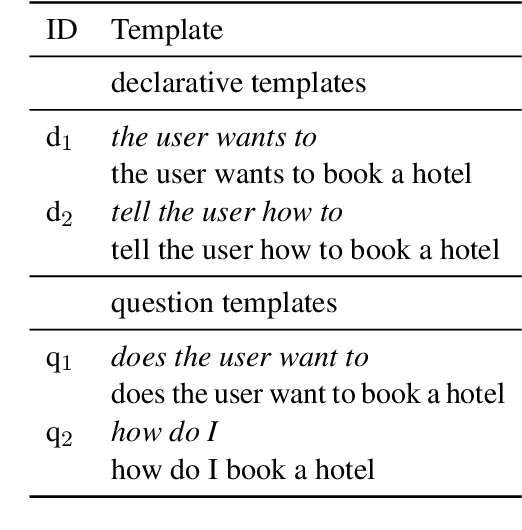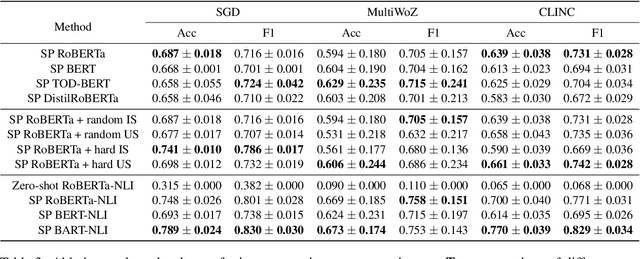Dmitry Lamanov
Huawei Technologies
A Semi-Supervised Deep Learning Approach to Dataset Collection for Query-By-Humming Task
Dec 02, 2023



Abstract:Query-by-Humming (QbH) is a task that involves finding the most relevant song based on a hummed or sung fragment. Despite recent successful commercial solutions, implementing QbH systems remains challenging due to the lack of high-quality datasets for training machine learning models. In this paper, we propose a deep learning data collection technique and introduce Covers and Hummings Aligned Dataset (CHAD), a novel dataset that contains 18 hours of short music fragments, paired with time-aligned hummed versions. To expand our dataset, we employ a semi-supervised model training pipeline that leverages the QbH task as a specialized case of cover song identification (CSI) task. Starting with a model trained on the initial dataset, we iteratively collect groups of fragments of cover versions of the same song and retrain the model on the extended data. Using this pipeline, we collect over 308 hours of additional music fragments, paired with time-aligned cover versions. The final model is successfully applied to the QbH task and achieves competitive results on benchmark datasets. Our study shows that the proposed dataset and training pipeline can effectively facilitate the implementation of QbH systems.
Template-based Approach to Zero-shot Intent Recognition
Jun 22, 2022



Abstract:The recent advances in transfer learning techniques and pre-training of large contextualized encoders foster innovation in real-life applications, including dialog assistants. Practical needs of intent recognition require effective data usage and the ability to constantly update supported intents, adopting new ones, and abandoning outdated ones. In particular, the generalized zero-shot paradigm, in which the model is trained on the seen intents and tested on both seen and unseen intents, is taking on new importance. In this paper, we explore the generalized zero-shot setup for intent recognition. Following best practices for zero-shot text classification, we treat the task with a sentence pair modeling approach. We outperform previous state-of-the-art f1-measure by up to 16\% for unseen intents, using intent labels and user utterances and without accessing external sources (such as knowledge bases). Further enhancement includes lexicalization of intent labels, which improves performance by up to 7\%. By using task transferring from other sentence pair tasks, such as Natural Language Inference, we gain additional improvements.
On the Impact of Word Error Rate on Acoustic-Linguistic Speech Emotion Recognition: An Update for the Deep Learning Era
Apr 20, 2021



Abstract:Text encodings from automatic speech recognition (ASR) transcripts and audio representations have shown promise in speech emotion recognition (SER) ever since. Yet, it is challenging to explain the effect of each information stream on the SER systems. Further, more clarification is required for analysing the impact of ASR's word error rate (WER) on linguistic emotion recognition per se and in the context of fusion with acoustic information exploitation in the age of deep ASR systems. In order to tackle the above issues, we create transcripts from the original speech by applying three modern ASR systems, including an end-to-end model trained with recurrent neural network-transducer loss, a model with connectionist temporal classification loss, and a wav2vec framework for self-supervised learning. Afterwards, we use pre-trained textual models to extract text representations from the ASR outputs and the gold standard. For extraction and learning of acoustic speech features, we utilise openSMILE, openXBoW, DeepSpectrum, and auDeep. Finally, we conduct decision-level fusion on both information streams -- acoustics and linguistics. Using the best development configuration, we achieve state-of-the-art unweighted average recall values of $73.6\,\%$ and $73.8\,\%$ on the speaker-independent development and test partitions of IEMOCAP, respectively.
 Add to Chrome
Add to Chrome Add to Firefox
Add to Firefox Add to Edge
Add to Edge